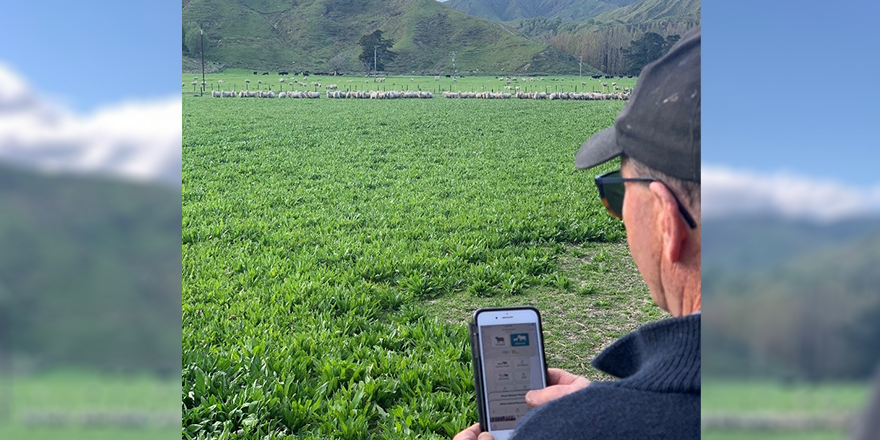Executive summary
The growing trend in precision farming (PF) comprises technologies that combine sensors, information systems, enhanced machinery, and informed management to optimise production by accounting for variability and uncertainties within agricultural systems. Adapting production inputs site-specifically within paddocks and individually for each animal enabling better use of resources to maintain and improve the quality of the environment while improving the sustainability of food supply and security.
Precision farming is now providing a means to monitor the food production chain and manage both the quality and quantity of agricultural produce. A key area of growth in terms of scientific development and validation is in the area of sensors and precision application to manage the increased level of information. Although the benefits from PF appear to be endless, in New Zealand there is a lack of understanding and insight into adoption of precision farming technologies.
The purpose of this report is to provide insight into extension strategies for PF technology adoption to improve New Zealand’s ability to aid the adoption process through a more considered extension approach including details of:
- Trends in precision farming overseas and in New Zealand
- Diffusion and adoption overview
- Currently recognised rural extension strategies
- Overview of two PF technologies available overseas and in New Zealand.
Data accessible online and through Ballance Agri-Nutrients network identified two technologies, the N-Sensor® and global position systems (GPS) as case studies. The information available on these technologies was used to identify how they have been adopted overseas compared to New Zealand, and if any extension approaches were developed to aid their adoption. The extension approaches for each of the technologies have been compared and contrasted to industry recognised extension approaches, to provide improvements for future PF technologies released to the rural sector.
Although a comparison was made between countries, regarding adoption of the case study technologies there was little insight gained due to the lack of data available for a robust comparison. Further to this, the relevance of a country when reviewing extension approaches was found to have little to no influence on the adoption rate. Beyond this exception, there were some similarities and differences between how the case study technologies were released to market and aided or in the instance of the case studies, were unsupported by deliberated extension approaches, but the major consistencies were:
- Lack of deliberate extension strategy.
- Improvised linear ‘top-down’ transfer of technology.
- Dependant on highly technologically perceptive farmers.
- Technology developed by researches or in another field, which “found” a solution in the agricultural sector.
- Hugely dependant on external drivers to get adoption over the ‘chasm’ – greater than 15% adoption in the market place.
- Lack of consolidated data to assess rates of adoption and impacts of extension approaches.
As the adoption of PF technologies in New Zealand is perceived to accelerate with the expectation that the majority of innovations for PF will become industry standard. This report recommends that through utilising current and future case studies and leveraging the knowledge and skills of extension process and practices greater adoption of PF innovations can be achieved by:
- Greater attention and emphasis should be placed on developing extension approaches through the development of an innovation.
- Identifying target markets and involving the potential adopters through the development of the innovation is reported to have a great improve on rate and success of adoption.
- Data of technology adoption should be captured on a national level to provide insight into rates of adoption and technology transfer within the agricultural industry.
- Identified through the literature review, the lack of knowledge around the level of education attained by New Zealand farmers was revealed. This should be reviewed as it may influence their ability to critically analyse the farm system and be able to identify issues and work through solutions.
- As this is a review with case studies applied to a theoretical construct, further research should be conducted into understanding the potential of planned extension strategies with precision farming innovations.
Precision farming presents a great opportunity in managing variability on farm to an every declining scale. There are currently innovations that are well down the track of the innovation categories while others have yet to become commercially available. Although precision farming has been around for a number of decades, it is still in its infancy here is New Zealand but this will be overcome by time. With a greater focus on extension practices and processes in the rural sector, the impact of PF on the wider industry and society as a whole will be realised.
Oliver Knowles



